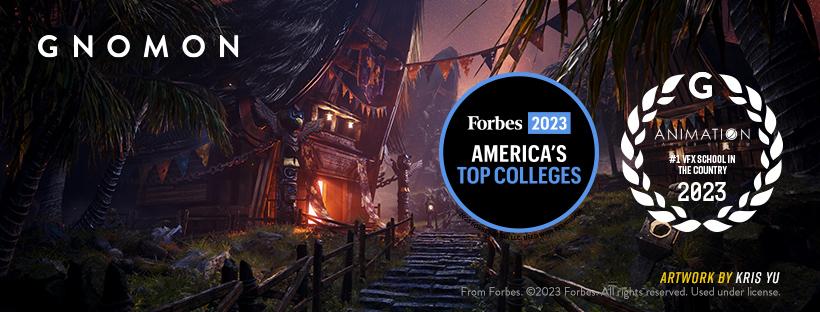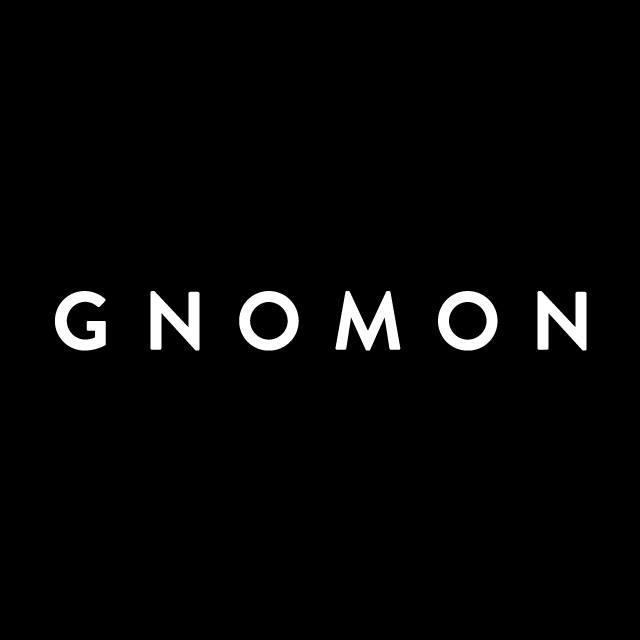


Specializing in education for the VFX, Animation and Games industries.
193 أشخاص أعجبو بهذا
0 المنشورات
0 الصور
0 الفيديوهات



